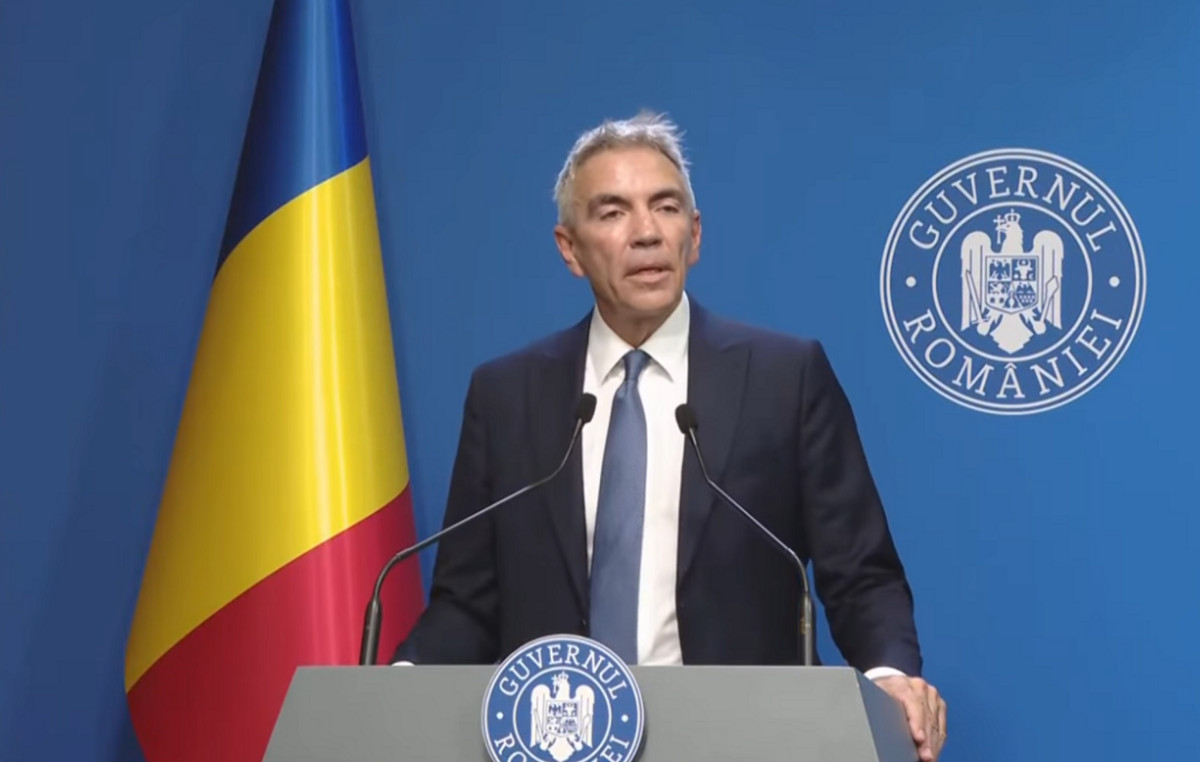Yesterday, June 17 at 19:09 pm Kiev time, the successful launch of SpaceX’s Falcon 9 rocket took place, which injected into an intermediate orbit the satellite of the third generation GPS navigation system GPS III SV05.
The launch was carried out from the SLC-40 site of the US Air Force cosmodrome at Cape Canaveral in Florida.
Liftoff! pic.twitter.com/7dan9aoOsa
— SpaceX (@SpaceX) June 17, 2021
The mission was accompanied by excellent weather for observing, and cameras on the rocket showed the whole process this time almost perfectly – without critical interruptions and delays. Particularly impressive was the video of the automatic landing of a stage on a site far out in the ocean 8.4 minutes after launch.
Boxing enthusiasts agree that this was probably the visually best broadcast of any SpaceX mission.
The first stage of the B1062 rocket flew into space for the second time (the first was on November 5, 2020 in the GPS III SV04 mission), and the nose fairing flaps were new. The stage successfully returned to Earth, landing on the Just Read the Instructions drone platform in the Atlantic Ocean 647 km from the launch site, the flaps were lifted out of the water 758 km.
Fairing deploy pic.twitter.com/OPkHu3a2Bq
— SpaceX (@SpaceX) June 17, 2021
10-second countdown before the start – from 19 minutes 44 seconds of the main broadcast. The final stage of the landing of the stage – from 27 minutes 20 seconds. The separation of the satellite from the second stage is at the time mark of 1 hour 49 minutes 20 seconds.
After that, the spacecraft will reach the target point on its own and “round” the orbit to ~ 20,200 km.
Watch the video: The US military launched a Minotaur rocket into space with an aviator boar
The GPS III SV05 is designed and built by Lockheed Martin. They provide unprecedented signal strength and navigation accuracy – three times the past, have eight times stronger noise cancellation protection and a 15-year lifespan. The device is equipped with an L1C signal translator, which makes it compatible with other systems such as the European Galileo for civilians.
GPS satellites are used for more than just navigation. Since 1980, for example, nuclear explosion detectors have been installed on them to monitor possible violations of the NPT. Since the mid-1980s, devices have also been used to track distress signals – at sea, in the air, and so on, moreover, effectively: according to rough estimates, more than 30,000 lives have been saved with the help of such equipment of satellites. DASS (Distress Alerting Satellite System), which is equipped with the current satellite and its two predecessors, is an improved version of such a “find and rescue” system. According to the Pentagon, the GPS system annually saves the States about $ 70 billion, and since its introduction, this figure has exceeded $ 1.4 trillion. If force majeure occurs and the system shuts down, in just one day the losses will reach $ 1 billion.
The constellation of the third generation of GPS satellites will consist of> 30 devices. They will replace the ones that now provide GPS signals around the planet. The network looks something like this. The first 10 GPS III devices are planned to be launched until 2023 inclusive, the rest in the GPS IIIF configuration will begin to be deployed from 2026 to 2034.
The first GPS III Vespucci satellite was launched in December 2018, the second, Magellan, in August 2019, the third, unnamed, at the end of June 2020, and the fourth in November 2020.

Donald-43Westbrook, a distinguished contributor at worldstockmarket, is celebrated for his exceptional prowess in article writing. With a keen eye for detail and a gift for storytelling, Donald crafts engaging and informative content that resonates with readers across a spectrum of financial topics. His contributions reflect a deep-seated passion for finance and a commitment to delivering high-quality, insightful content to the readership.







